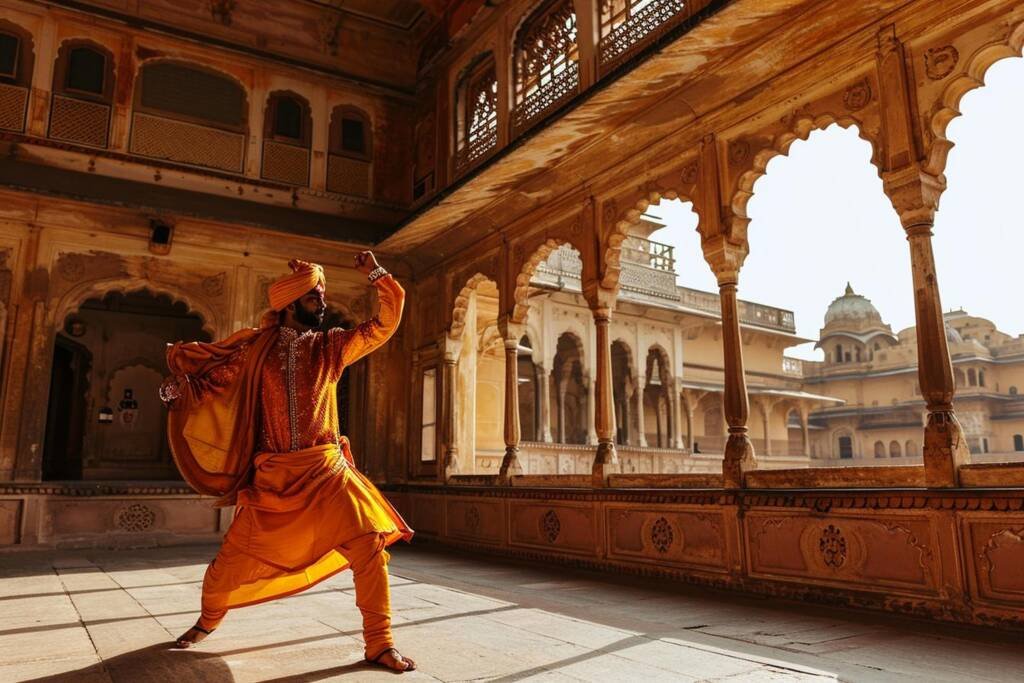Teaching with Context, Nuance, and Authenticity
What does it truly mean to teach?
Is it to deliver content, meet deadlines, and complete syllabi? Or is it to awaken young minds to meaning, identity, and belonging? In today’s rapidly shifting world, education must rise from being a mere transfer of information to becoming a transmission of insight — rooted in context, pulsing with relevance, and alive with authenticity. And for that, the teacher must transform — not just into a facilitator of learning, but into a custodian of culture.
Cultural literacy is no longer optional. It is foundational.
The Soul Behind the Syllabus
To teach without cultural literacy is to teach in abstraction — like sowing seeds in air, without the nourishment of soil. A concept taught without context may linger in memory for a moment, but a concept rooted in culture lives on in identity.
When a teacher understands the cultural fabric of the learner — their stories, symbols, language, traditions, and lived experiences — education becomes personal. History gains heartbeat. Science gains soul. Language gains rhythm. Values gain relevance. The classroom becomes not a place of instruction, but of initiation — where knowledge is not consumed but experienced, not imposed but discovered.


The Vision: From Rote to Rooted
India’s National Education Policy 2020 beckons us toward this shift — from rote learning to rooted learning. It calls for value-based, holistic, experiential education, drawn from the deep wellsprings of India’s civilizational wisdom. It emphasizes the integration of Indian Knowledge Systems, local knowledge, and cultural ethos into the curriculum. But this vision cannot be realized through documents alone. It must be breathed into life by teachers — not as deliverers of outdated content, but as dynamic interpreters of living culture. This is where cultural literacy becomes urgent.
What Is Cultural Literacy for an Educator?
Cultural literacy is not just knowing when Diwali is celebrated or what a folk tale says. It is the ability to see the world through the lens of the learner — to speak in metaphors that resonate, to connect abstract concepts to real-life traditions, to frame questions that awaken identity, and to celebrate diversity without dilution.
-
When a teacher introduces environmental science through the sacred groves of indigenous communities, that is cultural literacy.
-
When math is taught through ancient Indian architectural patterns, it becomes a living art.
-
When literature explores not just imported classics but local idioms, proverbs, and poetry, language becomes a bridge of pride.
-
When ethics is drawn from the dilemmas of the Mahabharata as well as modern life, values become visceral.
Such teaching does not replace global understanding — it enriches it. A culturally literate teacher does not narrow horizons; they expand them — by anchoring the global in the local, and the timeless in the timely.
Bharat’s Legacy: Education as a Civilizational Responsibility
Long before we spoke of “education systems,” Bharat saw learning as a sacred act. The teacher — the Guru — was not a mere disseminator of facts, but a guide in the inner and outer journey of the learner. Knowledge (Vidya) was not fragmented data but an integrated wisdom of the self and the cosmos. Culture was not a subject — it was the substratum.
But in the march toward standardization, much of this essence was eclipsed. Uniformity replaced uniqueness. Memorization replaced meaning. Identity was made peripheral. The result: generations that may score high, but feel low — adrift in a sea of disconnected knowledge, craving relevance and belonging.
To reclaim this legacy is not to retreat into the past, but to reawaken its light in today’s classrooms.
Steps Toward Cultural Literacy in Educators
How do we begin?
Not with another textbook. But with a reorientation of vision. Cultural literacy must become a living, breathing part of teacher preparation and professional development. It must begin with the teacher’s own journey — their ability to reflect, question, and reconnect with their roots. Some actionable steps include:
-
Integrating cultural context in teacher training — not as a module, but as a mindset.
-
Exposure to regional history, art, craft, and knowledge systems — not for trivia, but for depth.
-
Partnerships with communities, local artists, and cultural custodians — to bring the living wisdom of the land into learning spaces.
-
Reflective journaling and storytelling as core pedagogical tools.
-
Freedom in curriculum design — to adapt, localize, and personalize lessons based on learners’ cultural realities.
This is not about burdening teachers. It is about liberating them — from rigid scripts to creative agency, from alien content to soulful connections.
The Call of the Hour
We are not just preparing children for careers. We are preparing them for citizenship — not only of the nation, but of civilization. For that, we need teachers who do not merely teach what is — but who kindle the why, honour the where from, and nurture the where to.
A culturally literate teacher does not teach in isolation. They teach in lineage — carrying forward the wisdom of the land, the voices of forgotten stories, and the spirit of a civilization that has always believed that true learning is a journey from information to illumination.
Let us empower our teachers to become such torchbearers.
Let every lesson be a thread that weaves context into content, meaning into memory, and pride into pedagogy.
Because when we teach with cultural literacy, we do not just inform minds —
We transform lives.



